-
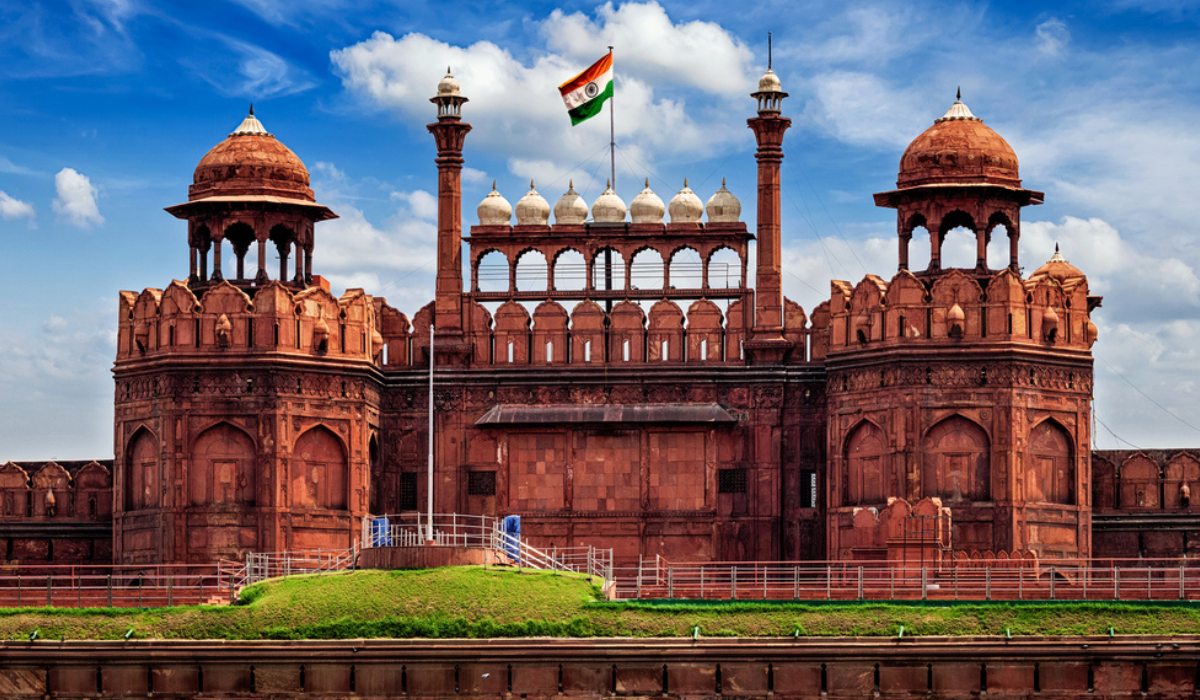
Click Here -
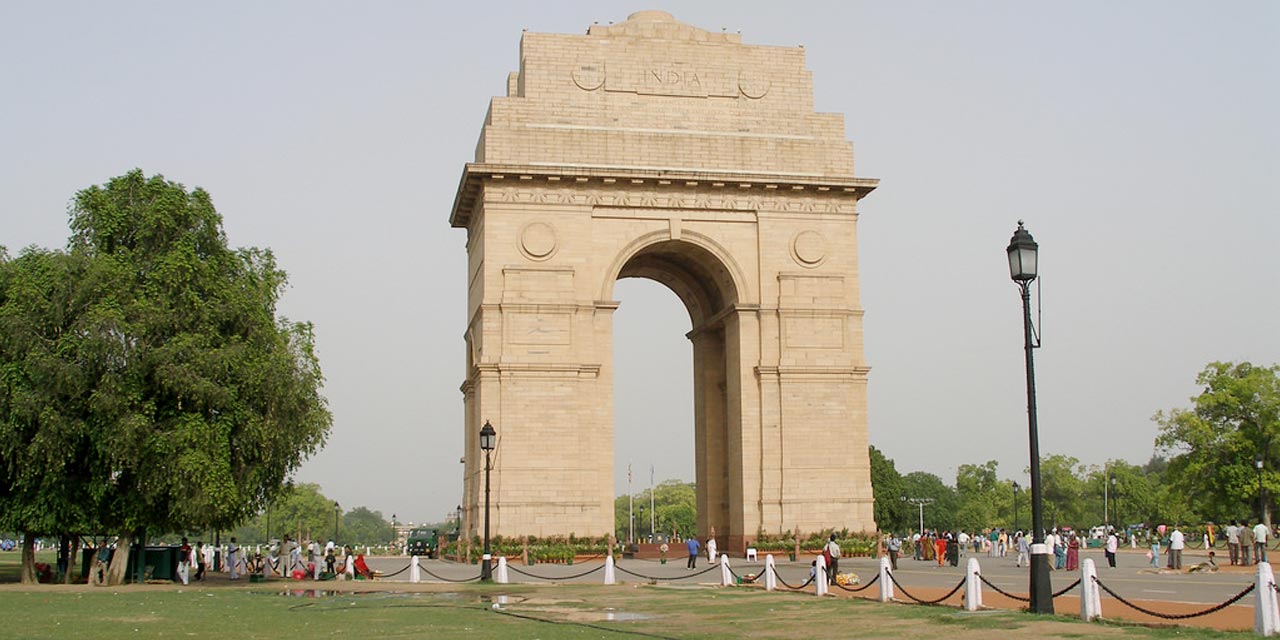
Click Here
-
- Phone: +91 9873675505, 9891275505
- Email: sales@eepltours.com
the British moved the seat of their empire from Kolkata to Delhi. And it has been the Capital of India ever since. Now a thriving, cosmopolitan metro, the city has much to celebrate as it has already reached the milestone of completing 100 years as a Capital. With a history that goes back many centuries, Delhi showcases an ancient culture and a rapidly modernising country. Dotted with monuments there is much to discover here. The seat of many powerful empires in the past, its long history can be traced in its many carefully-preserved monuments, ancient forts and tombs.
All this is combined with the best features of a modern city such as a metro system, bustling markets and fabulous eating places. The past and the present meld seamlessly together, making centuries-old monuments a part of the city’s daily life. Delhi is very much a history’s child. The story of the city is as old as the epic Mahabharata, when the town was known as Indraprastha, where Pandavas used to live. Over the centuries, eight more cities came alive adjacent to Indraprastha: Lal Kot, Siri, Dinpanah, Quila Rai Pithora, Ferozabad, Jahanpanah, Tughlakabad and Shahjahanabad. Many empires rose to the heights of their power and were destroyed here. Among the prominent dynasties which made Delhi their capital were the Tughlaqs, the Khiljis and the Mughals.
Even today, one can have a fascinating glimpse into the past in Old Delhi, with its labyrinth of narrow lanes, old havelis, and colourful bazaars. Rickshaws wind their way through this crowded, bustling capital of the Mughals, where life continues, much as it did hundreds of years ago. It is home to three World Heritage monuments—Qutub Minar, Red Fort and Humayun’s Tomb that have survived many centuries, and give an idea of architectural wonders created by emperors in the past. Central Delhi, with its tree-lined avenues, imposing structures and buildings such as the Rashtrapati Bhavan, Parliament House and India Gate, reflect Delhi’s colonial past. A number of museums provide a glimpse into the country’s fascinating history.
But the modern Delhi has a lot more to offer. Delhi has a modern, well-planned and extensive Metro network that connects all corners of Delhi; this network is still growing. New roadways and flyovershave improved connectivity, the latest of which is the Signature Bridge, an ambitious project of Delhi Tourism, which is under construction at Wazirabad – it promises to be a landmark.
Delhi is both a union territory within India, as well as a city, and features two very different worlds: New Delhi and Old Delhi. The former, inaugurated by the British in 1931 to serve as the imperial capital, is the nation's modern capital and seat of government, while Old Delhi is considered by many as the symbolic heart of the greater metropolitan area.
One of the most populous regions in the world – it boasts a population of nearly 20 million people – Delhi is a heady mix of tradition and modernity, and is important as both a religious center and India's busiest international gateway. Its history is as old as the ancient Yamuna River, one of the most sacred rivers in Hinduism and a natural dividing line between New Delhi to the west and Old Delhi to the east.
Things to see and do in Delhi and New Delhi are plentiful and include experiencing its diverse arts and crafts industry, its many magnificent monuments, and countless performing arts venues. The area is also well known for its excellent cuisine, which includes delicacies from every corner of India. Delhi is also a shopper's paradise with numerous bazaars and markets, including Chandni Chowk, the country's most famous commercial area.
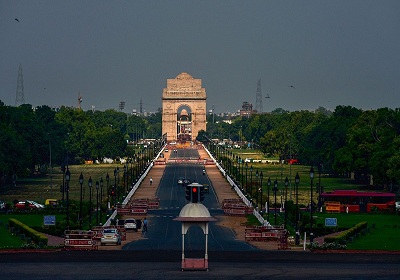
DELHI TOUR PACKAGE
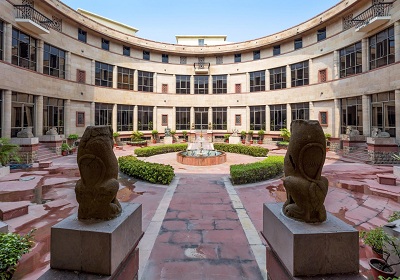
DELHI MUSEUM
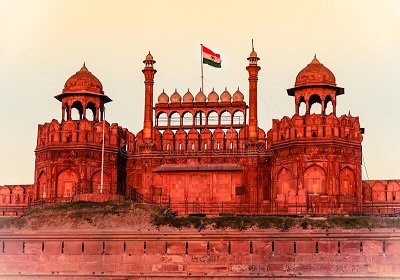
HERITAGE MONUMENTS

DELHI SHOPPING PLACES

EATING
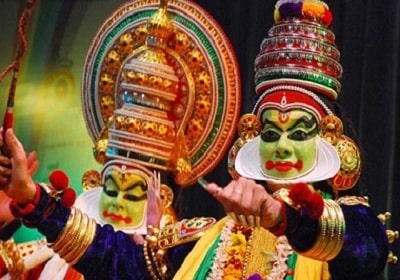
SOUTH CULTURE TOUR

GUJRAT CULTURE TOUR
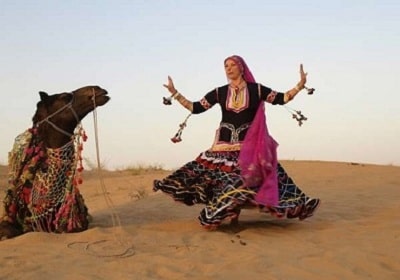
RAJASTHAN CULTURE TOUR
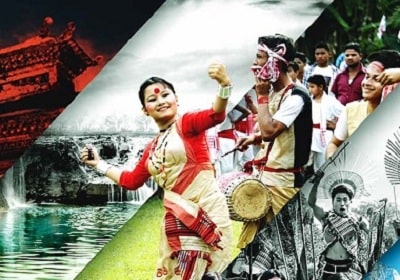
NORTH EAST INDIA TOUR
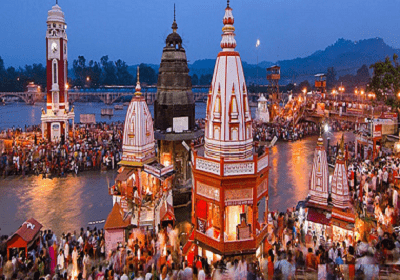
HARIDWAR TOUR
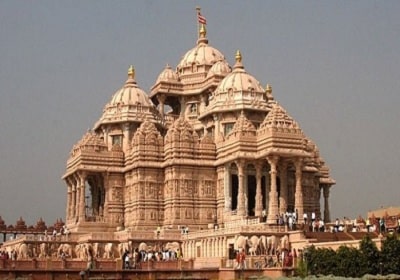
SOMNATH DWARIKA TOUR
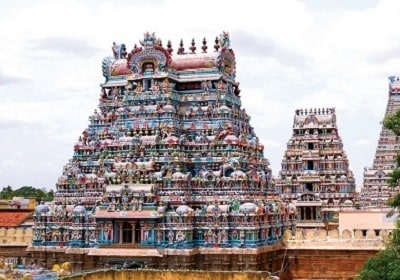
TAMILNADU TEMPLE TOURS
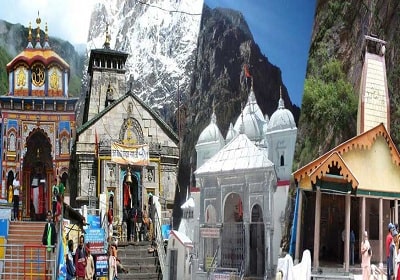
CHARDHAM YATRA
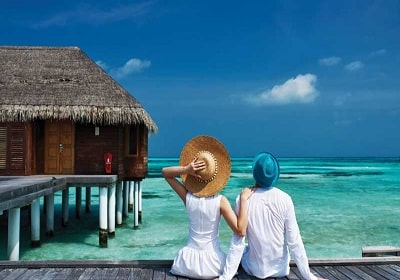
KERALA HONEYMOON TOURS

MANALI SHIMLA HONEYMOON TOURS

RAJASTHAN HONEYMOON TOURS

GOA HONEYMOON TOURS

BIRD WATCHING TOURS
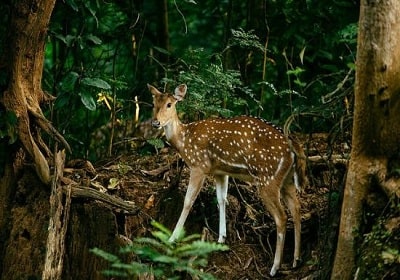
CORBETT TOUR PACKAGE
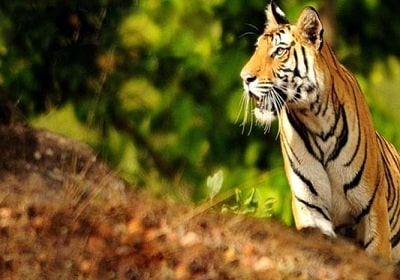
RANTHAMBHORE WILDLIFE TOURS

KAZIRANGA NATIONAL PARK TOUR
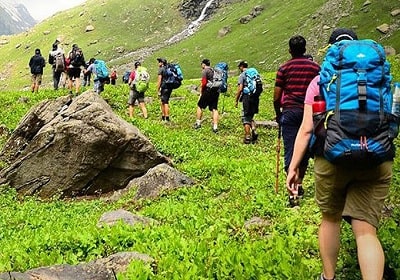
VALLEY OF FLOWERS TREKKING TOUR
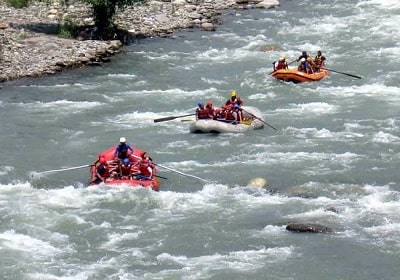
RISHIKESH RIVER RAFTING TOUR
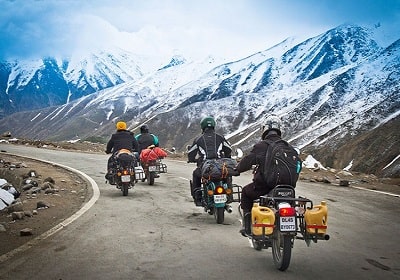
LADAKH BIKE TOUR

INDIA WILDLIFE TOURS

MUSSOORIE TOUR PACKAGE

SHIMLA MANALI TOUR PACKAGE
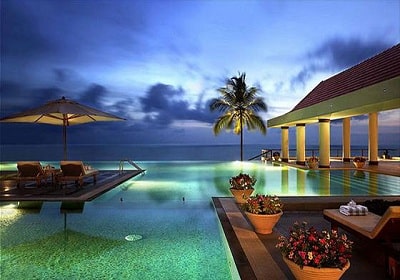
KERALA TOUR PACKAGE
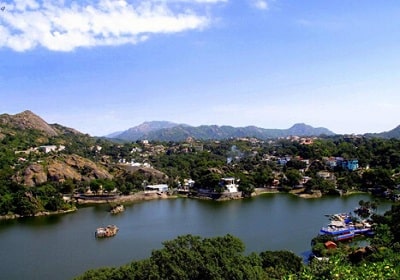
MOUNT ABU TOURS
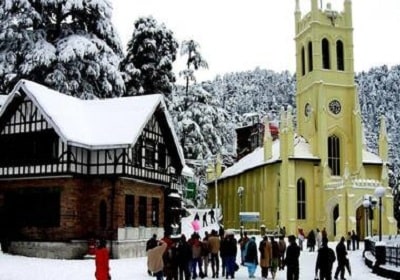
SHIMLA TOUR PACKAGE
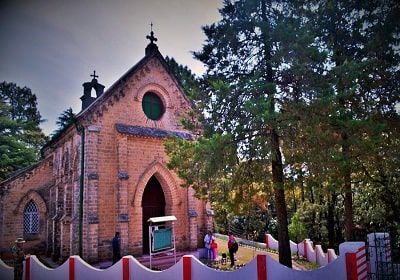
LANSDOWNE TOUR PACKAGE
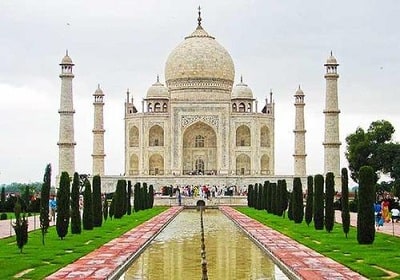
TAJ MAHAL TOUR
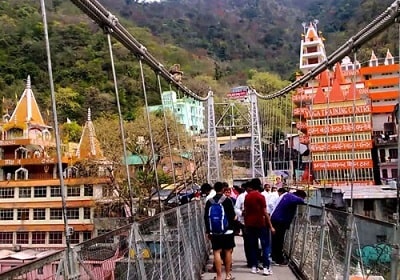
HARIDWAR RISHIKESH TOUR
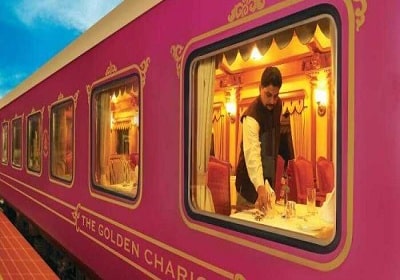
THE GOLDEN CHARIOT TRAIN

MAHARAJA EXPRESS TOURS

PALACE ON WHEELS
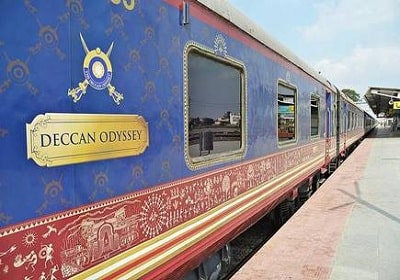
THE DECAN ODYSSEY
Copyright © Exclusive Excursion Pvt. Ltd., 2019. All Rights Reserved